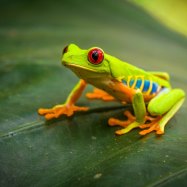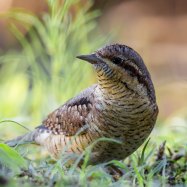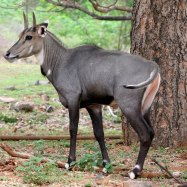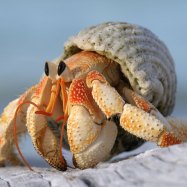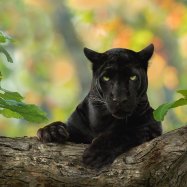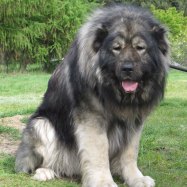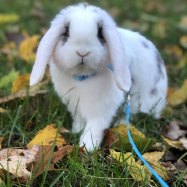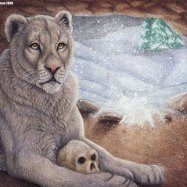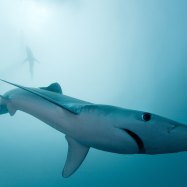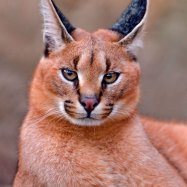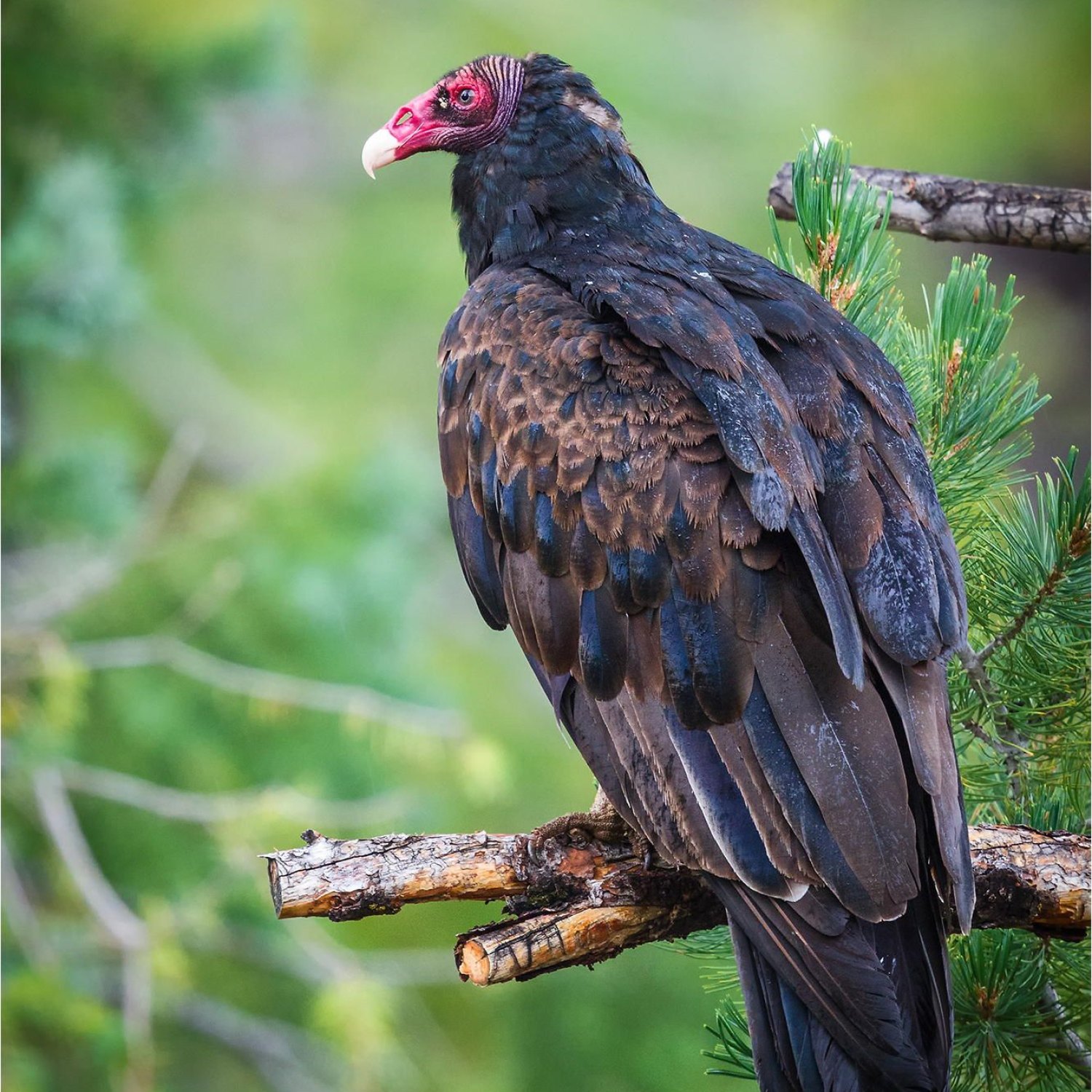
Turkey Vulture
25-32 inches
The Turkey Vulture is a fascinating bird found throughout North, Central, and South America. With a wingspan of 25-32 inches, these Cathartidae birds have a unique body shape with large, broad wings and a long, narrow tail. Spot these majestic scavengers soaring high in the sky! #TurkeyVulture #AnimalFacts
Animal Details Summary:
Common Name: Turkey Vulture
Kingdom: Animalia
Habitat: Forests, grasslands, deserts, and coastal areas
The Unexpected Beauty of the Turkey Vulture: A Master of Efficient Flight
The sky holds many hidden treasures, and one of them is the remarkable Turkey Vulture. This magnificent bird, scientifically known as Cathartes aura, has a deceptive appearance that often leads people to categorize it as ugly or unappealing. However, a closer look reveals that this misunderstood creature is, in fact, a fascinating and essential member of the animal kingdom. With its large, broad wings, dark-brown feathers, and impressive flight capabilities, the Turkey Vulture is undoubtedly a creature worth exploring Turkey Vulture.The King of Efficient Flight
When it comes to flight, the Turkey Vulture is in a league of its own. Its large, wingspan of 63-72 inches allows it to soar high in the sky, effortlessly gliding on warm air currents. These birds primarily fly in a dihedral shape, with their wings in a V-shape, allowing them to catch and ride thermal updrafts, which help them conserve energy while in flight. This technique is referred to as "soaring flight" and is a hallmark of the vulture family.What makes the Turkey Vulture stand out is its ability to master efficient flight without much exertion. Unlike other birds, the Turkey Vulture has a unique airflow system in its wing feathers, known as "slots." These slots act as openings along the front edge of the wings and allow the bird to maintain constant lift with minimal wing flapping. This adaptation allows the Turkey Vulture to travel long distances without expending too much energy, making it a true master of the sky.
A Versatile Habitat
In the animal kingdom, few creatures can adapt to different habitats as well as the Turkey Vulture Tawny Frogmouth. Found throughout North, Central, and South America, these birds can thrive in various environments, from forests and grasslands to deserts and coastal areas. This versatility is mainly due to their unique dietary habits, which allow them to thrive in a wide range of landscapes.A Carrion Feeder with a Vital Role
As carrion feeders, the main diet of the Turkey Vulture is dead animals. Although this may seem unappealing to some, these birds play a critical role in keeping ecosystems healthy. Without scavengers like the Turkey Vulture, carcasses of dead animals would accumulate, leading to the spread of diseases and affecting the balance of the food chain. Therefore, these birds are vital in maintaining the delicate natural balance of their habitats.The Turkey Vulture's keen sense of smell and excellent eyesight make it a skilled scavenger. They can detect the scent of decaying flesh from miles away, allowing them to find food quickly. Once they locate a carcass, they use their sharp beaks to tear through tough skin and muscles, consuming their meal in a matter of minutes. This feeding strategy also serves as a form of pest control, as the vultures consume insects that may be living on the carcass, preventing the spread of diseases.
The Beauty of the Turkey Vulture
At first glance, the Turkey Vulture may appear dull and unremarkable, with its mostly black-brown feathers and a dark-gray head. However, a closer look reveals the hidden beauty of this bird. The dark feathers on their bodies have a glossy sheen, and their heads have a reddish-orange skin that contrasts with their dark feathers, giving it a striking appearance. The feathers on their wings and tail also have white tips, which add a beautiful touch to their overall appearance.The Turkey Vulture's body shape is also impressive, with its large, broad wings and long, narrow tail. This design allows the bird to fly with ease, gliding effortlessly for hours as they search for food. Despite their large size, these birds are incredibly light, and their weight is mostly made up of feathers, further aiding their soaring abilities.
Conservation Efforts for the Turkey Vulture
Despite being widespread and adaptable, the Turkey Vulture still faces threats in their natural habitats. These include habitat loss and degradation, accidental poisoning from pesticides, and collisions with vehicles and structures. However, thanks to conservation efforts and increased awareness, the population of Turkey Vultures is stable in most areas.One such effort is the establishment of vulture-safe zones, which are protected areas where these birds can feed without the risk of being poisoned. Additionally, organizations such as the National Audubon Society and the Peregrine Fund work towards educating the public about the vital role that vultures play in ecosystems and dispelling harmful myths and misconceptions about these birds.
Raising Awareness for the Underrated Turkey Vulture
The Turkey Vulture's reputation as an unattractive and dirty bird has led to many misconceptions and even persecution. Many people associate them with bad omens, and they are often portrayed in a negative light in media and literature. However, by understanding their crucial role in maintaining healthy ecosystems, we can appreciate and protect these birds instead of fearing or harming them.Furthermore, promoting the Turkey Vulture's unique abilities and beauty can also encourage more people to see them in a positive light. These birds have been a part of American culture and history for centuries, with records of their presence dating back to the Aztecs. They have even been featured on postage stamps and the state flag of Mississippi. By becoming more aware of their presence and impact, we can appreciate and acknowledge the Turkey Vulture as a vital member of North, Central, and South American wildlife.
A Majestic Creature of the Sky
In conclusion, the Turkey Vulture may not be the most conventionally beautiful bird, but it is undoubtedly a majestic and essential creature of the sky. Its large, broad wings, efficient soaring abilities, and versatile habitat make it a remarkable species worthy of admiration. As we continue to learn more about these birds and promote their importance, we can ensure that future generations will also have the chance to witness the unexpected beauty of the Turkey Vulture.

Turkey Vulture
Animal Details Turkey Vulture - Scientific Name: Cathartes aura
- Category: Animals T
- Scientific Name: Cathartes aura
- Common Name: Turkey Vulture
- Kingdom: Animalia
- Phylum: Chordata
- Class: Aves
- Order: Cathartiformes
- Family: Cathartidae
- Habitat: Forests, grasslands, deserts, and coastal areas
- Feeding Method: Carrion feeder
- Geographical Distribution: North, Central, and South America
- Country of Origin: United States
- Location: Throughout North, Central, and South America
- Animal Coloration: Mostly black-brown with a dark-gray head
- Body Shape: Large, broad wings, and a long, narrow tail
- Length: 25-32 inches
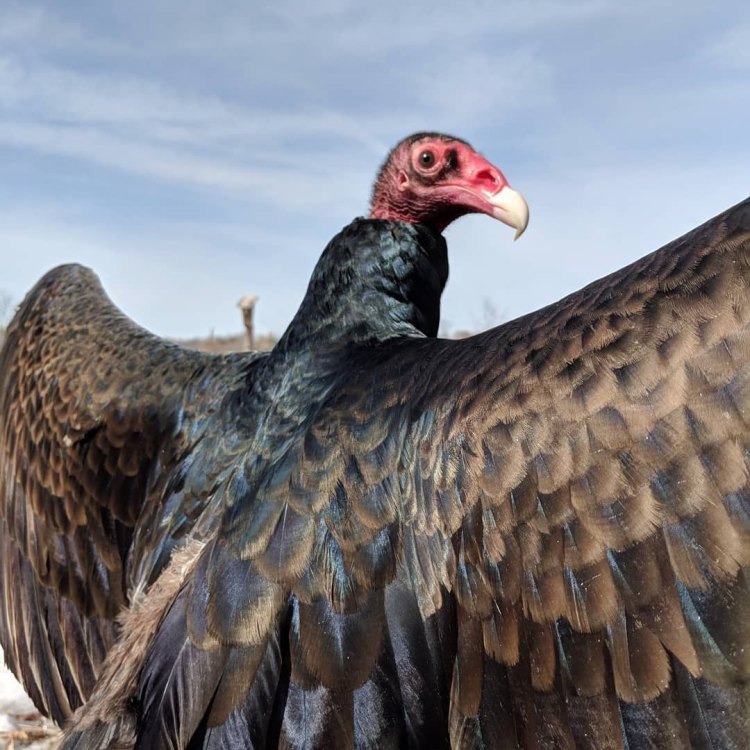
Turkey Vulture
- Adult Size: Weight: 3-5 pounds
- Average Lifespan: 20-30 years
- Reproduction: Sexual
- Reproductive Behavior: Monogamous
- Sound or Call: Silent except for hissing or grunting sounds
- Migration Pattern: Migratory
- Social Groups: Solitary or in small groups
- Behavior: Efficient soarers and opportunistic feeders
- Threats: Habitat loss and degradation, poisoning, collisions with vehicles, and illegal hunting
- Conservation Status: Least Concern
- Impact on Ecosystem: Scavengers that help control populations of disease-carrying organisms
- Human Use: Some Native American tribes used vulture feathers for ceremonial purposes
- Distinctive Features: Large size, bald red head, and hooked bill
- Interesting Facts: Turkey Vultures have a strong sense of smell to locate carrion from far distances
- Predator: Few predators, including eagles and larger mammals
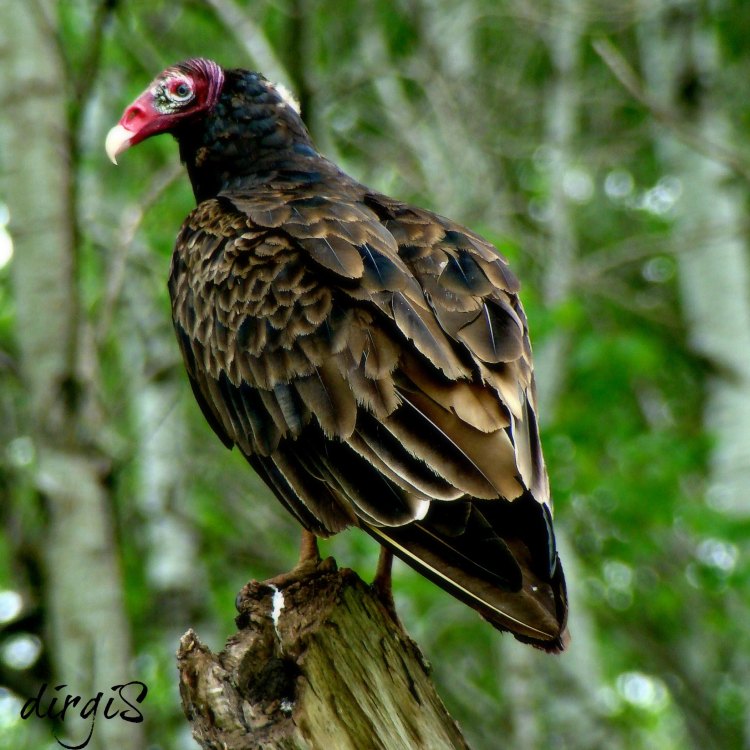
Cathartes aura
The Mighty Turkey Vulture: A Unique Bird with Important Ecological Role
When you hear the word vulture, the image of a large, dark, and ominous bird may come to mind. However, the turkey vulture, a species found in North and South America, breaks this stereotype with its distinctive features and gentle nature. While many may consider this bird to be a nuisance or a symbol of death and decay, the turkey vulture plays a crucial role in maintaining a healthy ecosystem. In this article, we will explore the fascinating characteristics of the turkey vulture, its impact on the environment, and its relationship with humans PeaceOfAnimals.Com.Adult Turkey Vultures are a sight to behold. They have an average weight of 3-5 pounds, making them one of the largest birds in their range. Their wingspan can reach up to 6 feet, allowing them to efficiently soar and glide through the skies. With their impressive size and wingspan, these birds are masters of the air, and their graceful flight is a spectacle to watch.
However, their size is not the only remarkable thing about turkey vultures. Unlike other birds of prey, they have a distinctive bald red head and a hooked bill. This feature makes them easily distinguishable from other vulture species. Their bare head serves a specific purpose – it allows them to keep clean while feeding on carcasses. Plus, it also helps regulate their body temperature, as they do not have sweat glands like other birds Teddy Guinea Pig.
Turkey Vultures, also known as Cathartes aura, live an average of 20-30 years in the wild. However, some individuals have been recorded to live up to 40 years. These birds reach sexual maturity at about 3 years old, and their reproductive behavior is monogamous. This means that they partner with a single mate, and they work together to raise their young.
When it comes to communication, turkey vultures are relatively silent. They only make sounds when they are threatened or when fighting over food. Their most common vocalizations are hissing or grunting sounds. You are more likely to spot a turkey vulture by looking up at the sky than hearing its calls.
One of the most intriguing characteristics of the turkey vulture is its sense of smell. While most birds rely on their keen eyesight to locate food, the turkey vulture has a strong sense of smell that allows it to detect carrion from far distances. This unique ability sets it apart from other vulture species, making it an efficient scavenger.
Turkey vultures are migratory birds, and their migration pattern depends on their breeding range. In North America, they migrate to Central and South America during the winter months. They travel in large flocks, and their migration can cover thousands of miles.
In terms of social behavior, turkey vultures are solitary birds, but they can be found in small groups. These birds are not territorial and can often be seen feeding together without any signs of aggression. Despite their solitary nature, they will come together during the breeding season to find a mate and raise their young.
One of the reasons why turkey vultures are so crucial to the ecosystem is their role as scavengers. Their diet consists mainly of carrion, which is carcasses of dead animals. They are efficient feeders, and their bare head and strong stomach acids allow them to consume and digest decaying flesh, which would be harmful to most other animals. In doing so, they help to keep the environment clean and prevent the spread of diseases carried by decaying animals.
However, despite their important role in the ecosystem, turkey vultures face various threats that endanger their populations. Habitat loss and degradation, poisoning, collisions with vehicles, and illegal hunting are just some of the dangers that these birds face. As scavengers, they often feed on animals that have been poisoned, which can lead to their death as well. These threats have led to a decline in their numbers, making them a species of concern for conservation efforts.
The International Union for Conservation of Nature (IUCN) lists the turkey vulture as a species of "Least Concern." This means that while their population may be declining in some areas, they are still widespread and abundant. However, continued conservation efforts are necessary to ensure their survival in the long term.
Besides their ecological importance, turkey vultures also have a cultural significance, particularly among Native American tribes. Some tribes believe that these birds possess spiritual powers and use their feathers for ceremonial purposes. Turkey vultures have also been featured in various Native American myths and legends, further highlighting their cultural significance.
In today's world, humans and nature often clash, leading to conflicts and misunderstandings between the two. However, the relationship between the turkey vulture and humans is one of mutual understanding and respect. These birds are not aggressive and rarely cause any harm to humans or their belongings. In fact, they play an essential role in keeping our environment clean and free from disease. They also serve as a reminder of the interconnectedness of all living beings in the ecosystem.
In conclusion, the turkey vulture may not be the most glamorous bird, but it has many unique features and plays a vital role in the environment. From their large size and distinctive physical features to their monogamous nature and incredible sense of smell, these birds are truly one of a kind. While they may face threats and challenges, they remain invaluable members of the ecosystem, and their presence should be appreciated and protected. So, the next time you see a turkey vulture soaring in the sky, take a moment to appreciate these mighty birds and their important role in nature.
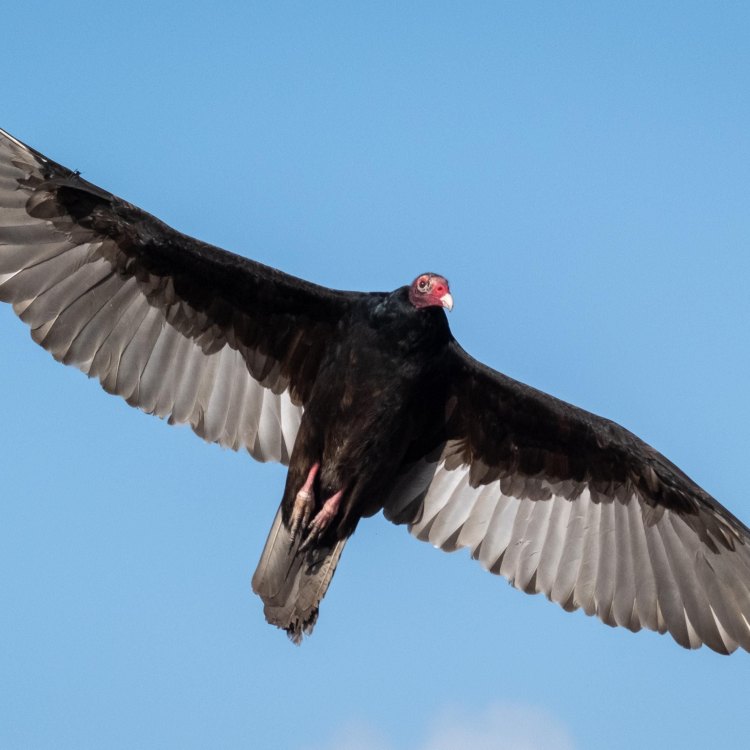
The Unexpected Beauty of the Turkey Vulture: A Master of Efficient Flight
Disclaimer: The content provided is for informational purposes only. We cannot guarantee the accuracy of the information on this page 100%. All information provided here may change without prior notice.

